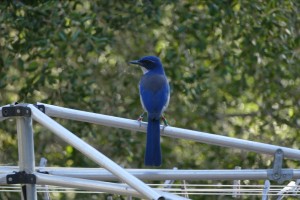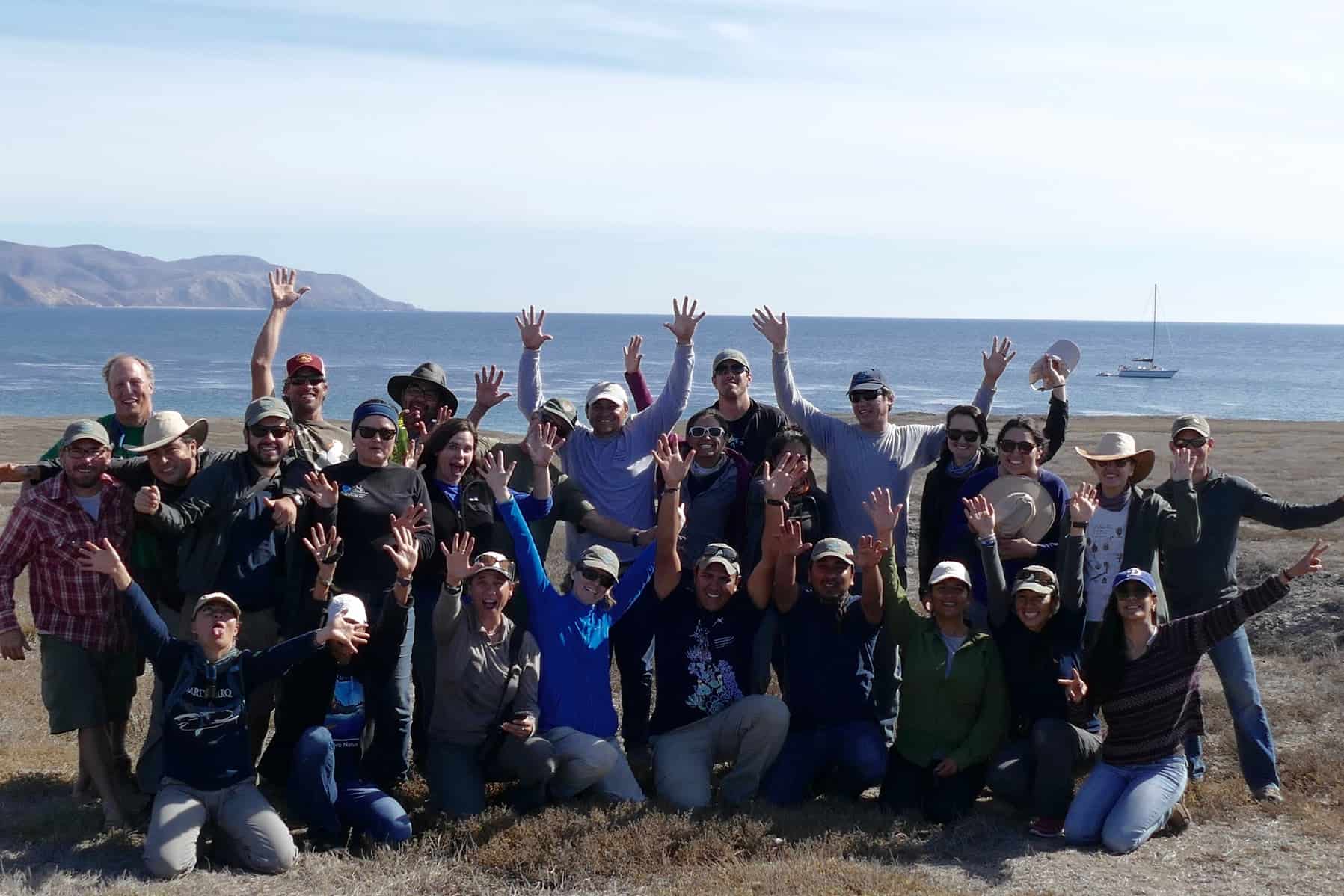
Did you know that the Sonoran Joint Venture includes California’s Channel Islands, as well as all of the Pacific islands off the coast of Baja California and Baja California Sur? These islands are critically important to seabirds like Ashy Storm-Petrel, Cassin’s Auklet, and Black-vented Shearwater, among many others. They are also home to endemic species, such as the Island Scrub-Jay, and too many endemic sub-species to list.
As part of our conservation planning process, the SJV technical committee identified conservation on islands as one of our highest priorities in this region. Broadly, we want to support healthy colonies of seabirds on islands, and the most effective strategy to do that is to remove or eradicate invasive species, as well as to support science and monitoring in marine protected areas.
The SJV was thrilled to attend the California Islands Symposium, which took place in early October in Ventura, California. Researchers shared the progress and results of their efforts to restore seabird populations on islands from the Farrallons down to the Revillagigedos. It was a chance for us to learn about the excellent work being done in the area, meet the different partners involved, and begin to explore ways the SJV may be able to support these efforts moving forward.

After the symposium the SJV was invited to spend the weekend on Santa Cruz Island with a group from The Nature Conservancy, Channel Islands National Park, Grupo de Ecologia y Conservación de Islas (GECI), California Institute of Environmental Studies (CIES), CONANP, and the U.S. Fish and Wildlife Service. Located twenty-five miles off the coast, Santa Cruz is the largest of California’s Channel Islands. The eastern ¼ of the island is managed by the National Park Service as part of Channel Islands National Park. The remaining ¾ of the island is owned and managed by The Nature Conservancy, who hosted us for the weekend at their field station.
Santa Cruz Island has a long history of human habitation, from the Chumash civilization to Spanish missionaries to Mexican prisoners to U.S. ranchers. One of the results of this was the introduction of invasive and non-native species to the island. Today, thanks to the tireless work of many, the island is now free non-native species such as rats, feral pigs and sheep. Species like Ashy Storm-Petrel and the endemic island fox have responded—in fact, the latter was recently removed from the Endangered Species List.
Over the course of two days we were excited to learn about seabird restoration efforts on the island benefiting SJV priority birds like Ashy Storm-Petrel, as well as to just have the chance to forge relationships with new partners from both sides of the border. We look forward to future collaboration, and can’t wait to get back to the region soon.

